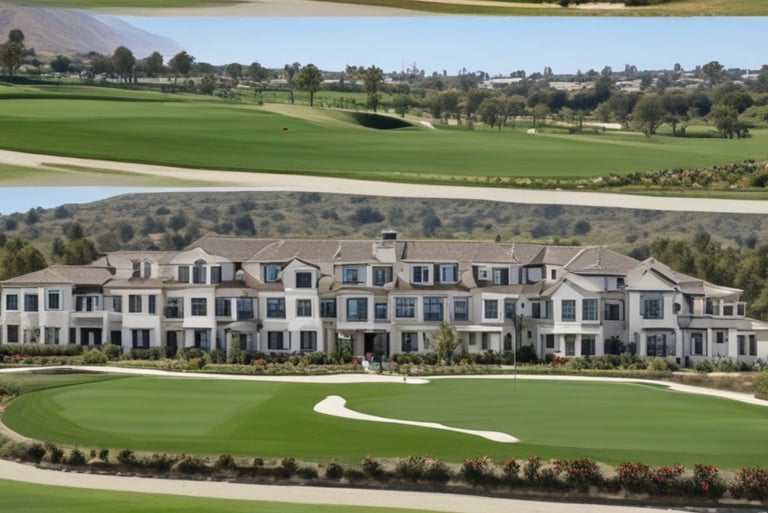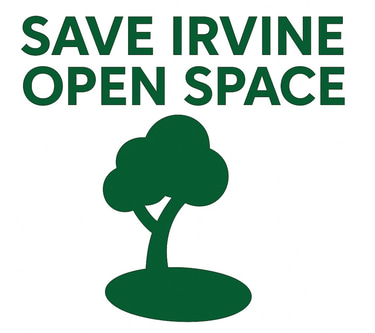Saving Oak Creek: How Irvine Residents Are Fighting to Protect Their Green Space
As developers eye Oak Creek Golf Course for new housing, Irvine residents are standing up for preservation over expansion. This opinion piece explores the significance of the 88-1 initiative, the community's overwhelming support for protecting open space, and the power of grassroots activism in shaping Irvine’s future. Learn how one neighborhood's fight reflects a broader movement to safeguard our environment and community values.
2 min read
Opinion:
Why Oak Creek Golf Course Deserves Protection — And What the 88‑1 Initiative Represents
In recent years, the lush landscape of Oak Creek Golf Course has found itself at the center of a contentious debate over land use and community values. As developments loom on the horizon, community activists and concerned citizens have rallied against proposals to build homes on this cherished green space.
A significant piece of this discussion has been the 88‑1 initiative, a measure voted on not once, but twice by Irvine residents — reflecting the community's firm stance on preserving our local environment.
More Than Just a Golf Course
The Oak Creek Golf Course, known for its scenic views and recreational value, has long been a beloved hallmark of our community. Its sprawling fairways are not just a haven for golf enthusiasts — they serve as essential green space that supports local wildlife and offers a place for leisure and relaxation.
However, with the increasing demand for housing, developers have set their sights on this prime location, proposing new residential construction that many fear could lead to significant ecological and social ramifications.
What the 88‑1 Initiative Stands For
The 88‑1 initiative emerged as a direct response to these development proposals. It encapsulates the community’s desire to maintain the integrity of Oak Creek by restricting residential construction on the property and ensuring that it remains a public resource accessible to all.
The measure’s passage — first in its initial vote and again in a subsequent referendum — reflects a resounding messagefrom the electorate:
Our community values its green spaces and is willing to stand firm against overdevelopment.
A Grassroots Movement That Made a Difference
Voter turnout and engagement during both elections surrounding the 88‑1 initiative were remarkable. Advocates organized door-to-door campaigns, community forums, and educational events to emphasize that preserving Oak Creek Golf Course benefits all residents — not only as a recreational space but as a pillar of environmental sustainability and neighborhood identity.
Key concerns raised included:
Increased traffic congestion
Loss of biodiversity
Risk of flooding due to overdevelopment
These were not just abstract issues — they were tied directly to residents’ everyday quality of life and the long-term well-being of the city.
A Beacon for Other Communities
The passage of the 88‑1 initiative serves as a beacon of hope for other neighborhoods facing similar threats. It proves that grassroots activism and local engagement can influence public policy and defend community values.
The consistent support for the initiative points to a growing trend:
Communities are increasingly choosing to protect natural habitats and shared public spaces over the short-term gains of unchecked development.
The Fight Isn't Over
While the initiative passed — twice — the pressure from developers has not gone away. Future proposals may again threaten Oak Creek Golf Course. That’s why it’s critical to maintain public awareness, advocacy, and vigilant civic participation.
Preserving this natural oasis requires more than one vote — it requires continued commitment.
Conclusion
The community’s strong opposition to building homes on Oak Creek Golf Course — backed by the 88‑1 initiative — tells a powerful story about local activism, environmental responsibility, and the value of collective action.
By standing united for our green spaces, we’re doing more than protecting land —
We’re shaping a healthier, more sustainable Irvine for generations to come.


